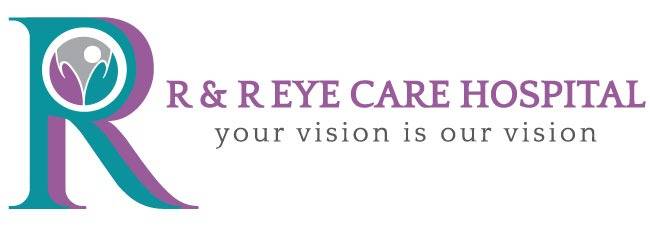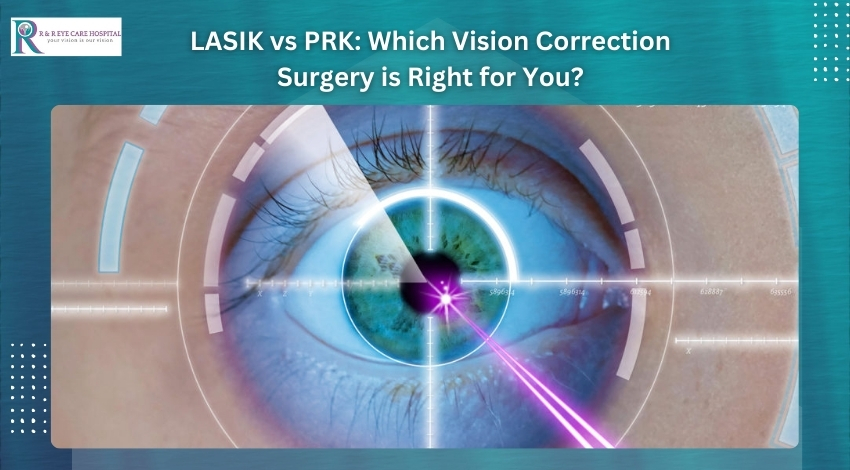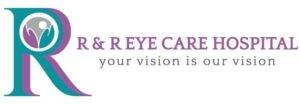When it comes to vision correction, LASIK and PRK are two of the most popular surgical options available today. Both procedures aim to reduce or eliminate the need for glasses or contact lenses, but they differ in technique, recovery time, and suitability for different patients. At R & R Eye Care Hospital, we understand the importance of making an informed decision about your eye care. Here’s a breakdown of LASIK and PRK to help you determine which surgery may be right for you.
Understanding LASIK
LASIK, or Laser-Assisted In Situ Keratomileusis, is a widely performed eye surgery that reshapes the cornea to improve vision. During the procedure, a thin flap is created on the cornea’s surface using a laser or a microkeratome (a special surgical instrument). Once the flap is lifted, the underlying corneal tissue is reshaped with an excimer laser, and the flap is then repositioned.
Benefits of LASIK:
Quick Recovery: Most patients experience rapid visual improvement, often within hours after the procedure.
Minimal Discomfort: Many patients report little to no pain during or after the surgery.
Less Post-operative Care: The recovery process typically requires fewer restrictions compared to PRK.
Understanding PRK
PRK, or Photorefractive Keratectomy, is another popular laser surgery, but it differs significantly in technique. Unlike LASIK, PRK does not involve creating a corneal flap. Instead, the outer layer of the cornea (the epithelium) is completely removed, and the underlying cornea is directly treated with the laser. After the procedure, the epithelium gradually regenerates over several days.
Benefits of PRK:
No Flap Concerns: Since there’s no flap created, PRK is often recommended for patients with thin corneas or those at higher risk of corneal complications.
Long-term Stability: Patients may experience a more stable corneal surface post-surgery, which can result in enduring improvements in vision.
Ideal for Specific Professions: PRK may be better suited for professional athletes or individuals involved in contact sports, where the risk of flap displacement is a concern.
Ideal Candidates for PRK:
Individuals with thin corneas who are not suitable candidates for LASIK.
Patients with a higher prescription where flap creation might compromise the cornea.
Those willing to accept a longer recovery period for the potential long-term benefits.
Choosing the Right Surgery for You
Determining whether LASIK or PRK is the best option for you depends on various factors, including your eye anatomy, lifestyle, and personal preferences. At R & R Eye Care Hospital, we recommend a thorough evaluation by our experienced ophthalmologists to assess your specific needs. Factors such as eye health, refractive errors, and lifestyle considerations will inform the best surgical choice for optimal results.
Conclusion
Ultimately, both LASIK and PRK offer excellent outcomes for vision correction, but they cater to different needs and circumstances. By understanding the differences between these two procedures and consulting with the specialists at R & R Eye Care Hospital, you can make an informed decision that aligns with your vision goals. Let us guide you on your journey to clearer vision, ensuring you can enjoy the world without the hassle of glasses or contact lenses. Schedule a consultation today to learn more about how we can help you achieve your vision correction goals!




Leave A Comment